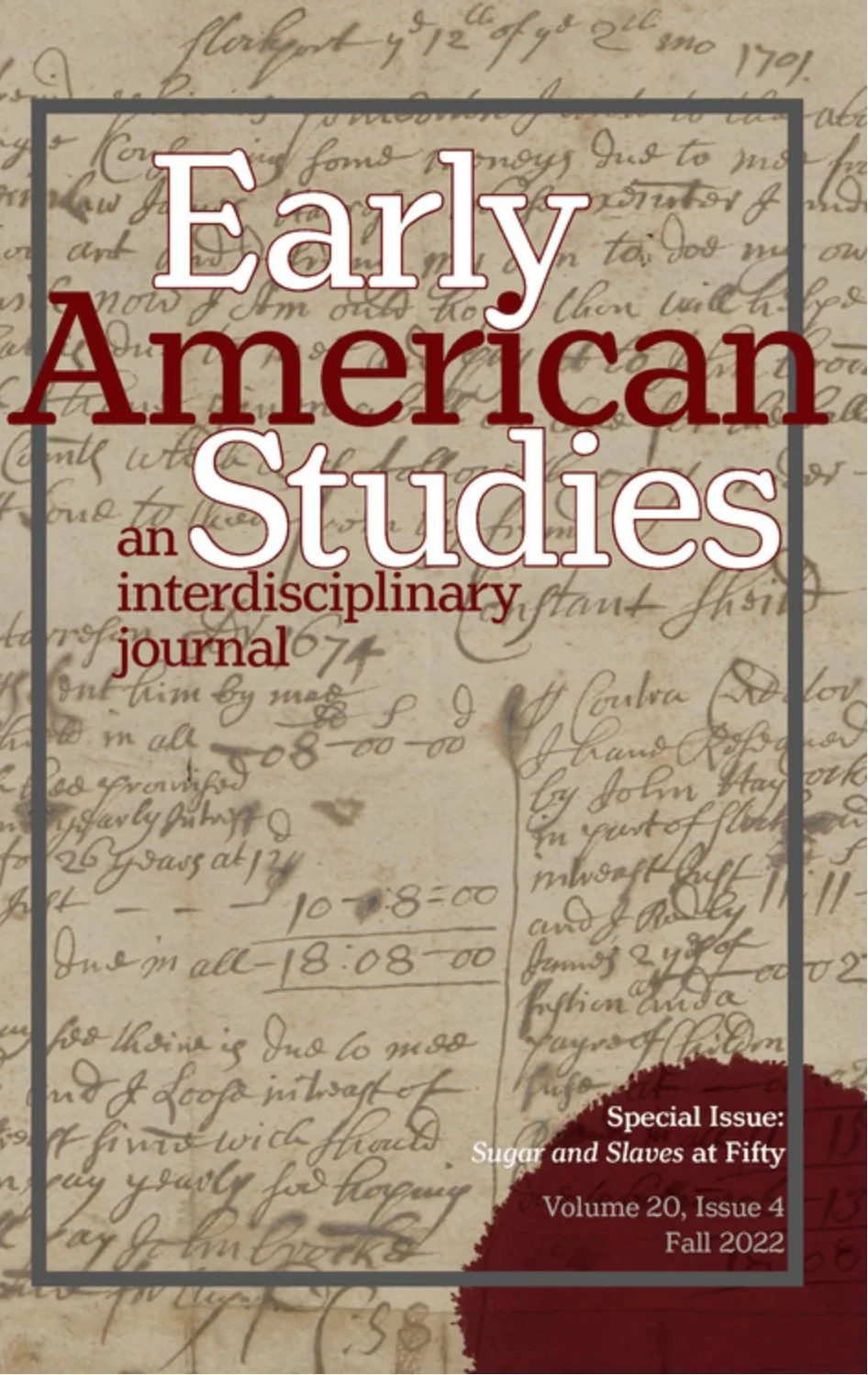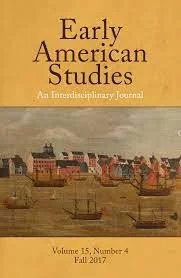“Aeolian Geographies, Daily Life, and Empire Building in the English Caribbean,” Early American Studies vol 20, no. 4 (Fall 2022): 674-694.
Knowledge of daily winds—gained from prolonged residence in the region—shaped life in the seventeenth-century English Caribbean. As colonists gathered, recorded, and deployed knowledge about breezes, winds, and gales, they learned the peculiar aeolian geographies of the Caribbean. In this maritime space, wind distorted distance. It took longer to sail one direction than the other. This article charts how colonists gradually adapted their economic, social, and material worlds to the rhythms of the winds. They came to realize that winds dictated sailing times, routed travel, scheduled commerce, and informed how and where colonists built structures, especially fortifications. It took even longer, though, for officials in London to grasp winds' power over daily life in—and the geography of—the Caribbean. Lack of lived experience in the Caribbean initially stymied metropolitan efforts to understand the region's climatic realities. Through continued correspondence with island residents throughout the late seventeenth and eighteenth centuries, metropolitan officials learned the importance of aeolian knowledge to maritime affairs. As it circulated in letters, reports, and maps, this knowledge became crucial to the commercial and military success of the British Empire, especially as that empire expanded in the eighteenth century.
“The Maritime Atlantic in the Age of Revolutions,” Oxford Bibliographies in Atlantic History, ed. Trevor Burnard (New York: Oxford University Press, 2020).
“Timbering and Turtling: The Maritime Hinterlands of Early Modern British Caribbean Cities,” Early American Studies vol. 15, no. 4 (Fall 2017): 769-800. (Honorable Mention, John M. Murrin Prize for best article published in EAS in 2017)
In the early modern era, the hinterland of a Caribbean island encompassed more than the land sequestered by its sandy shorelines. This article uses the loggers of Barbados and the turtlers of Jamaica to explore how Caribbean colonists forged and maintained maritime hinterlands in order to supply island residents and feed urban populations. In timbering nearby islands and harvesting adjacent waterscapes, loggers and turtlers forged an interisland web of ecological and economic relationships that inextricably linked proximate islands to one another. Barbadians, for example, depended on timber from St. Lucia, and Jamaicans provisioned Port Royal with turtles from the Cayman Islands. In both instances, colonists and local officials claimed these nearby islands as “dependencies” of the larger colony and sought to defend them. By reorienting our understanding of hinterlands from interior lands to neighboring islands and seascapes, this article offers a new way of thinking about port cities, sufficiency, and industry, especially in plantation America. Rather than peripheral trades with little economic value, ventures such as timbering and turtling promoted vernacular industries, which in turn reduced reliance on imported goods, thereby enabling the islands of Barbados and Jamaica to become efficient, populous colonies within a profitable Atlantic empire.

